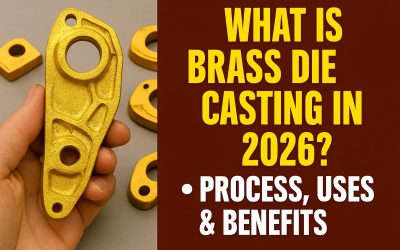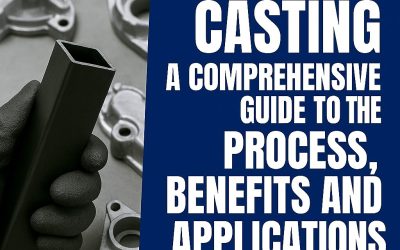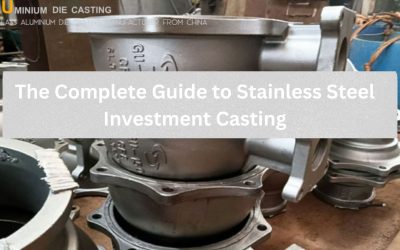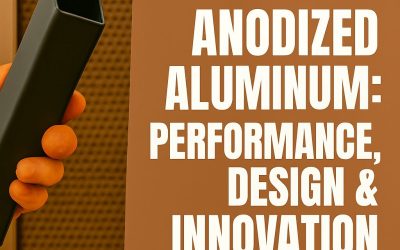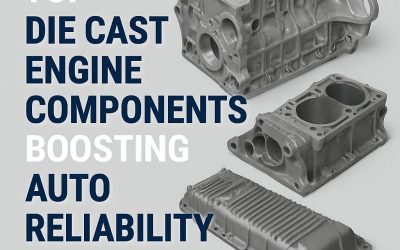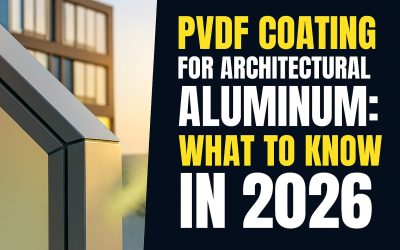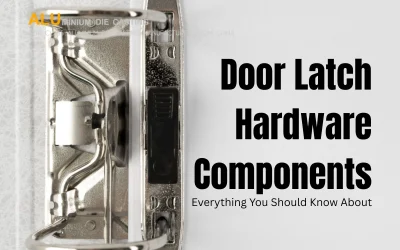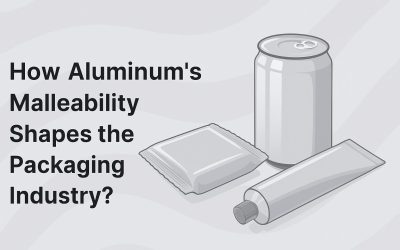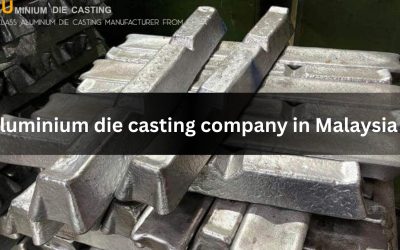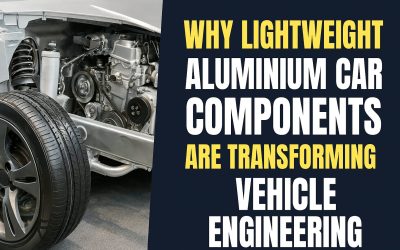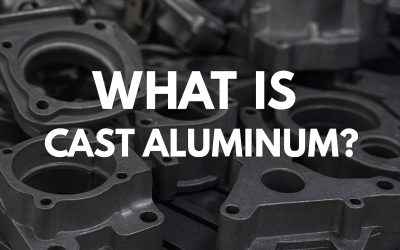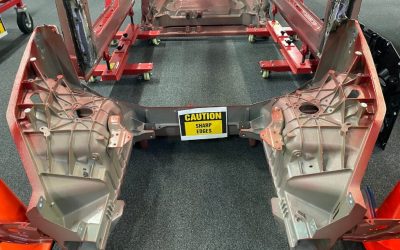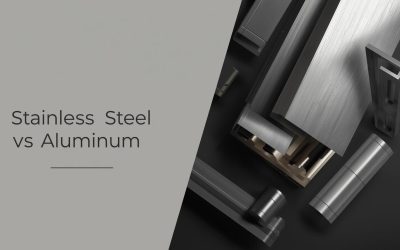What Is Brass Die Casting in 2026? Process, Uses & Benefits
You have probably used a shiny brass door handle, turned a plumbing valve, or even noticed some finely-finished metal components: almost certainly you have come across brass die casting, although you may never have thought of such. Brass die casting is among them...
Thin Wall Aluminum Tubing Benefits for Modern Engineering in 2026
Thin wall aluminum tubing has emerged as a staple material in the 21st century engineering, production, and industry design. This is because the special mixture of light weight structure, superiority of strength to weight and impressive corrosion resistance make it a...
Die Cast Aluminum Alloys: Best Choice for Your Project
Die casted aluminum alloys are essential in the current manufacturing world. Applied in Automotive parts to consumer electronic items, these materials present a rare combination of strength, lightweight activity and cost economy. In simple words, die cast aluminum...
Die Casting: A Comprehensive Guide to the Process, Benefits, and Applications 2026
Have you ever taken into consideration how exactly those elaborate and complicated metal components in your car engine or your phone casing are manufactured that precisely? Being a person who has worked in the trenches of manufacturing running production lines and...
The Complete Guide to Stainless Steel Investment Casting
Stainless Steel Investment Casting is one of the most accurate and sure metal casting techniques is which is also types of investment casting process. It manufactures high-quality parts with detailed as well as smooth finishes. The process is typical in such...
Black Anodized Aluminum: Performance, Design & Innovation
Black anodized aluminum is one of the materials that are now used in the modern production sphere, construction, and designing products. Whether it is in the form of smooth smart phones down to the expensive architecture of buildings, its contributions are difficult...
Top Die Cast Engine Components Boosting Auto Reliability 2026
Think about driving your car through the highway and its running is smoother, longer in the run, and can endure the most difficult conditions without even sweating. That is the wizardry of sophisticated production over in the automobile industry. Having worked in the...
What Is Aluminum Anodized? Complete Process Guide in 2026
Aluminum anodized products surround you anywhere and everywhere. It may be in such a sleek smartphone and modern architecture as much as it may be in medical devices and automotive parts with anodized aluminum it can be found delivering durability, beauty, and...
PVDF Coating for Architectural Aluminum: What to Know in 2026
The list of long-lasting aluminum finishes usually includes PVDF, which can be imagined by architects and builders. And it is really not a coincidence. This new technology in coating has become the standard of architectural aluminum, which is utilized in the facades,...
Can Aluminum Be Powder Coated? Is it the Best Finish for Your Product?
Can Aluminum Be Powder Coated? Yes, Aluminum Can be powder coated. Powder coating is also one of the most trusted and appealing processes of finishing of metal surfaces. However, when it comes to aluminum, there are still many questions, especially among people is it...
Door Latch Hardware Components: Ultimate Guide
Doors without hinges, latches, or locks cannot function properly. Every door needs strong, reliable parts to open, close, or remain secure. In this case, door hardware components play a crucial role. Their main job is to support, guide movement, and help make your...
How Aluminum’s Malleability Shapes the Packaging Industry
Aluminum can be found everywhere in the form of the soda map, foil wrappings, or enough pharmaceutical blister packs. But have you ever questioned yourself why it is such a superstar in the world of packaging? Malleability is one of its largest super powers. This is...
Choosing the Right aluminium die casting company in Malaysia for Your Business
In matters of production, Malaysia is important to find a trusted manufacturer of aluminium die casting company in Malaysia in various industries rely on high-quality die casting to produce accurate and robust parts. The selection of the appropriate partner may be of...
Why Lightweight Aluminum Car Components Are Transforming Vehicle Engineering
Lightweight Aluminum Car Components are already emerging as a trademark in the design of the new generation. In the initial ten years of its mainstream use, aluminum has decidedly become much more than a substitute product. It is now the foundational principle of...
The Complete Guide to Decorative Aluminum Casting in Modern Architecture
Metal decoration, in turn, has developed greatly throughout the recent decades, and aluminum is one of the most inventive and versatile tool materials in the design sphere. The emergence of the so-called decorative aluminum casting has transformed the way architects,...
What Is Cast Aluminum? What You Need to Know
Cast aluminum is the aluminum which has been melted and then poured to a mold to form a desired shape. This operation allows the manufactures to create more advanced components hence the occurrence of the cast aluminum in most contemporary industries such as cars and...
What Is Zinc Die Casting?
Zinc die casting is a manufacturing method which entails subjecting the molten zinc alloy to a high pressure which forces the zinc alloy into a steel mold. The result? Powerful, accurate and sturdy metal parts which find application in different industries. When you...
Where Can I Find High-Quality Aluminum Die-Cast Automotive Parts Suppliers?
Aluminum Die-Cast Automotive Parts are important components for car manufacturers, Many Tier one customers look for the best Suppliers of High-Quality automotive aluminum die casting parts. So, the contemporary Aluminum die-cast automotive Parts are changing at an...
Stainless Steel vs Aluminum: How to Make the Best Choice for Your Product Design
The selection of the appropriate material is easily one of the biggest decisions you will make when designing a product. It may be the construction of kitchen appliances or automotive parts or consumer electronics, the stainless steel vs aluminum war usually boils...
Agriculture Castings for Efficient Farming Tools
Agriculture castings manufacturer is a firm that supplies farm machines with quality parts. Strong metal components are required in the farm machines. These components experience heavy loads, dirt, and rough soil. That is why there are numerous farms relying on the...
Mill Finish Aluminum: What It Is & How It Compares?
Usually mill finish aluminum doesn’t get a second thought, but it may be one the most prominent and most popular aluminum products across different industries. Have you ever seen aluminum in its most honest and raw form? That very dull and very silvery aluminum that...

